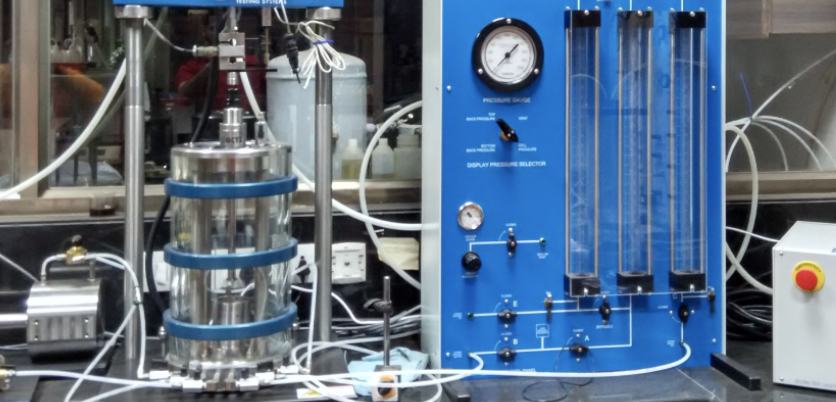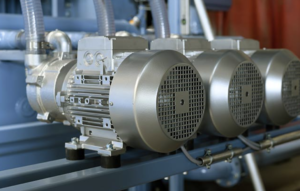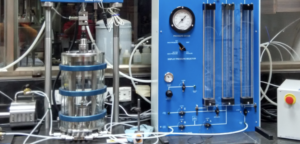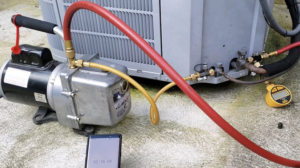Understanding Overload Protection in Power Strips
Overload protection is one of the most essential features in any power strip, helping prevent overheating, fire, and damage to connected devices.
Overload protection in power strips works by automatically cutting power when the total connected load exceeds the rated capacity. This safety mechanism helps avoid electrical fires, equipment failure, and costly downtimes in both residential and industrial environments.
Let’s dive into how it works, why it matters, and how to keep it functioning optimally.
What Is Overload Protection and How Does It Work in Power Strips?
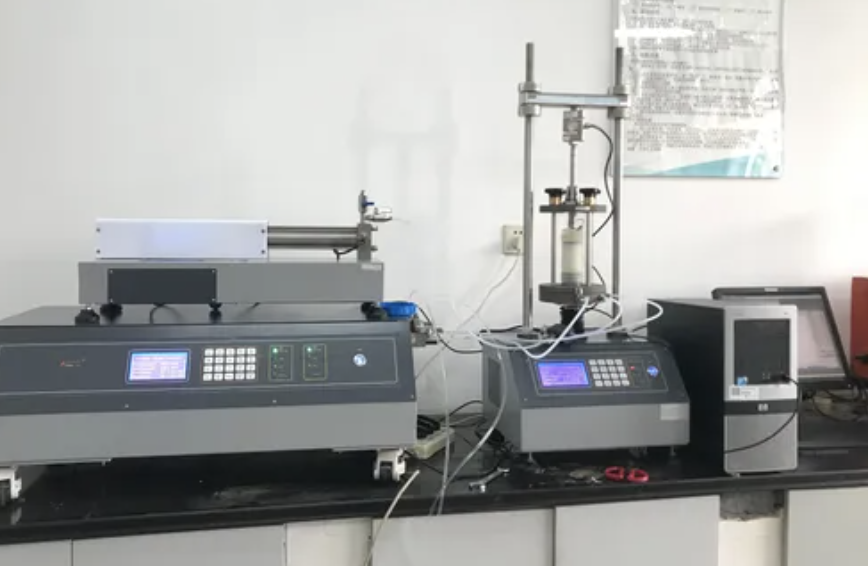
Overload protection prevents a power strip from drawing more electrical current than it’s rated to handle.
When the combined power demand of connected devices exceeds the strip’s maximum current rating (measured in amps or watts), an internal circuit breaker1 or thermal fuse is triggered. This automatically shuts off the power flow to prevent overheating and fire.
Power strips without overload protection2 may continue supplying current until internal components melt or wiring insulation fails—posing serious risks.
Key Components of Power Strip Overload Protection Systems

A power strip’s overload protection system typically includes:
- Circuit Breaker Switch3 – A resettable device that trips when excessive current is detected.
- Thermal Fuse4 – A one-time fuse that cuts off power when the internal temperature reaches unsafe levels.
- Surge Suppression Circuit (if included) – While not the same as overload protection, this works alongside it to manage voltage spikes.
- Indicator Lights – These show whether protection is active or if a reset is needed.
These components work together to sense, interrupt, and signal abnormal power conditions.
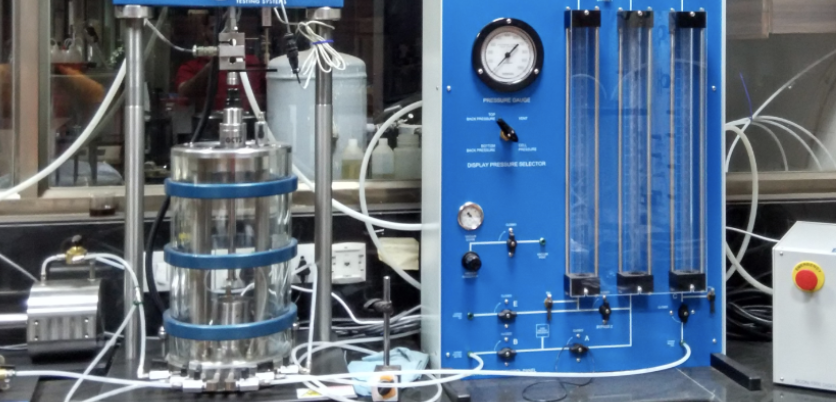
Benefits of Choosing a Power Strip with Overload Protection
Investing in a power strip with built-in overload protection5 brings several key advantages:
| Выгода | Описание |
|---|---|
| Fire Prevention | Stops overheating and fire caused by electrical overloads |
| Device Safety | Protects computers, appliances, and tools from damage |
| Compliance | Meets UL, CE, or ETL safety standards6 |
| Peace of Mind | Reduces risks during unsupervised use or in shared environments |
For buyers in regulated markets like the U.S. and EU, overload protection is often mandatory to pass safety inspections.
How to Test and Maintain Overload Protection for Long-Term Safety
Proper use and maintenance ensure your power strip’s protection mechanisms stay reliable:
- Test the reset button monthly if your model has one.
- Avoid daisy-chaining7 multiple power strips, which can bypass protection.
- Check device wattages before connecting. Do not exceed the strip’s total capacity.
- Inspect regularly for cracks, burn marks, or melted plastic.
- Replace immediately if the power strip8 fails to cut off during obvious overload situations.
Tip: A safe rule of thumb is to keep total load under 80% of the strip’s rated capacity.
✅ Conclusion
Overload protection is not just a nice-to-have—it’s a critical safety feature that safeguards people, property, and equipment. When selecting a power strip, always prioritize certified models with built-in overload protection, and maintain them regularly to ensure they work when it matters most.
-
Learning about circuit breakers can help you appreciate their role in preventing electrical accidents and ensuring safety. ↩
-
Understanding overload protection is crucial for safety, as it prevents overheating and potential fire hazards. ↩
-
Understanding Circuit Breaker Switches is crucial for electrical safety and efficiency in your home or business. ↩
-
Exploring Thermal Fuses can help you grasp their role in preventing electrical fires and ensuring safety. ↩
-
Understanding overload protection is crucial for ensuring safety and compliance in your electrical devices. ↩
-
Exploring safety standards helps you choose reliable products that protect your devices and comply with regulations. ↩
-
Learning about the risks of daisy-chaining can help you avoid potential fire hazards and equipment damage. ↩
-
Understanding safe power strip usage can prevent electrical hazards and ensure your devices are protected. ↩

